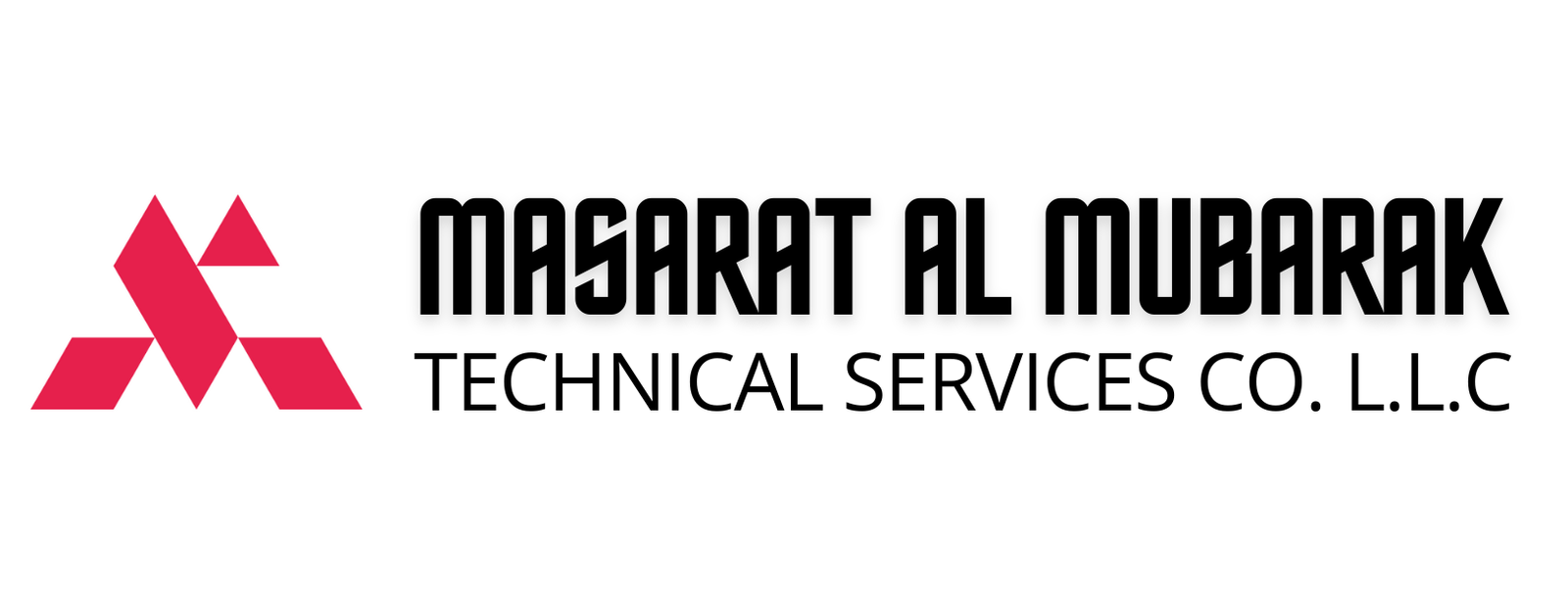Complete Guide to BMS (Building Management System) for Technicians
As a BMS Technician, your role is crucial in ensuring efficient building operations by monitoring and controlling various systems such as HVAC, lighting, security, and energy management. Below is a detailed explanation of BMS, including installation, troubleshooting, programming, and best practices.
1. What is a BMS?
A Building Management System (BMS) is a centralized system that monitors and controls mechanical, electrical, and electromechanical services in a building.
Main Functions of BMS
✅ HVAC Control – Manages heating, ventilation, and air conditioning for comfort and energy efficiency.
✅ Lighting Control – Automates lighting based on occupancy and schedules.
✅ Security & Access Control – Manages CCTV, door access, and alarms.
✅ Energy Management – Monitors power consumption and optimizes usage.
✅ Fire Alarm System Integration – Ensures safety by linking with smoke detectors and alarms.
Common BMS Brands
🔹 Schneider Electric (EcoStruxure)
🔹 Honeywell (EBI, Niagara)
🔹 Siemens (Desigo CC)
🔹 Johnson Controls (Metasys)
🔹 Trane (Tracer)
🔹 Delta Controls
2. BMS Installation Process
Step 1: Understanding System Requirements
-
Study building layouts, HVAC design, and electrical system diagrams.
-
Identify sensors, controllers, and actuators needed.
Step 2: Installing BMS Components
🔹 Controllers – Installed in control panels to manage building devices.
🔹 Sensors – Measure temperature, humidity, CO2 levels, etc.
🔹 Actuators – Control dampers, valves, and motors.
🔹 Networking & Communication – Connect components using protocols like BACnet, Modbus, KNX, or LonWorks.
Step 3: Wiring & Commissioning
-
Power up the BMS panel and verify voltage levels.
-
Connect sensors and controllers to the network.
-
Test and calibrate the system for proper functionality.
3. BMS Programming & Configuration
Programming Languages Used in BMS
-
Function Block Programming (FBD) – Used in Siemens, Honeywell, etc.
-
Ladder Logic – Common in industrial automation and HVAC control.
-
Script-Based Programming – Some BMS systems use Python or JavaScript-like languages for custom logic.
Configuration Steps
✅ Set Parameters – Define temperature setpoints, fan speeds, lighting schedules, etc.
✅ Create Control Loops – Example: A PID loop for HVAC temperature control.
✅ Alarm & Event Management – Configure alerts for failures, overheating, and maintenance.
✅ Data Logging & Trends – Store historical data for energy analysis.
4. Troubleshooting BMS Issues
Common Problems & Solutions
| Issue | Possible Cause | Solution |
|---|---|---|
| HVAC Not Responding | Faulty actuator, sensor error | Check wiring, replace sensor or actuator |
| No Communication Between Controllers | Network issue (BACnet/Modbus failure) | Restart network, check IP addresses |
| High Energy Consumption | Incorrect scheduling, sensor calibration issue | Adjust schedules, recalibrate sensors |
| Alarm System Malfunction | Wiring issues, false alarms | Inspect cables, reset system |
Best Practices for Troubleshooting
🔹 Use diagnostic tools (e.g., Modscan for Modbus, BACnet Explorer for BACnet systems).
🔹 Check logs and trends to identify abnormal patterns.
🔹 Test components one by one to isolate faulty devices.
🔹 Keep firmware updated for controllers and sensors.
5. Best Practices for BMS Technicians
✅ Understand Building Requirements – Study blueprints and system layouts before installation.
✅ Follow Safety Standards – Ensure proper grounding and electrical protection.
✅ Keep Software & Firmware Updated – To prevent compatibility issues.
✅ Monitor & Optimize Energy Usage – Implement smart scheduling and automation.
✅ Stay Updated with Latest Technologies – Learn about IoT integration, AI-based BMS, and cloud monitoring systems.
Final Thoughts
Being a BMS technician requires a mix of electrical knowledge, networking skills, and programming ability. By mastering installation, troubleshooting, and optimization techniques, you can enhance building efficiency and reduce maintenance costs.

Thank you for choosing MASARAT ALMUBARAK Technical Services! We would love to hear your feedback. port helps us improve our…
👍🏼